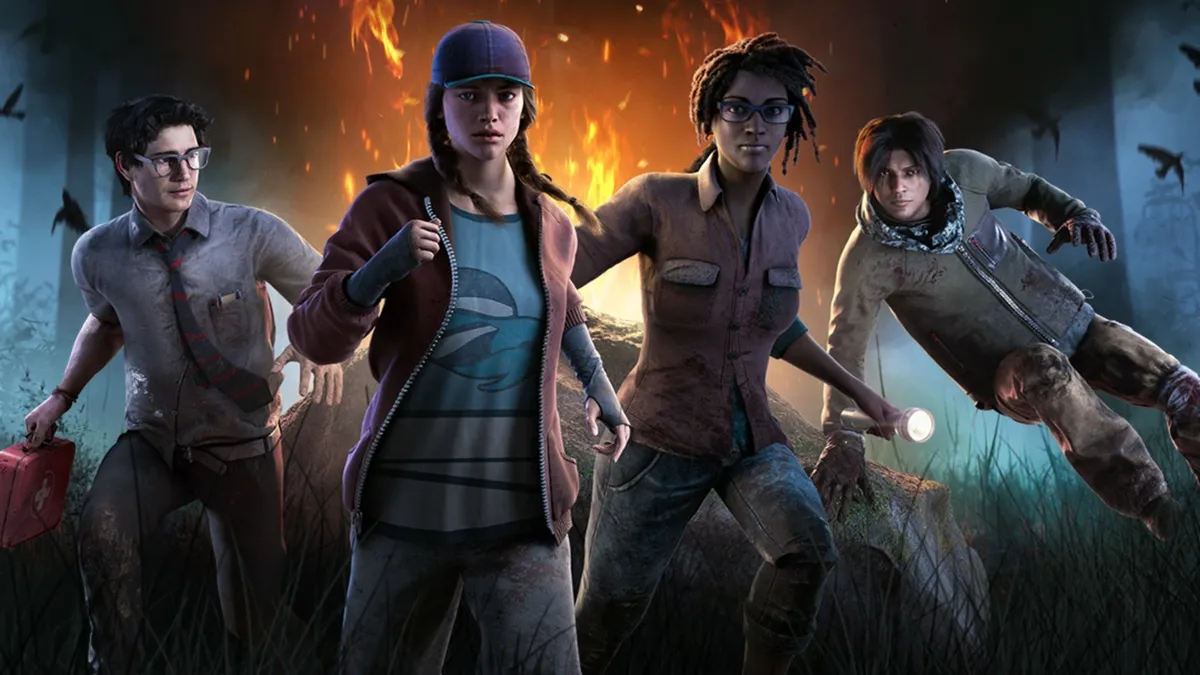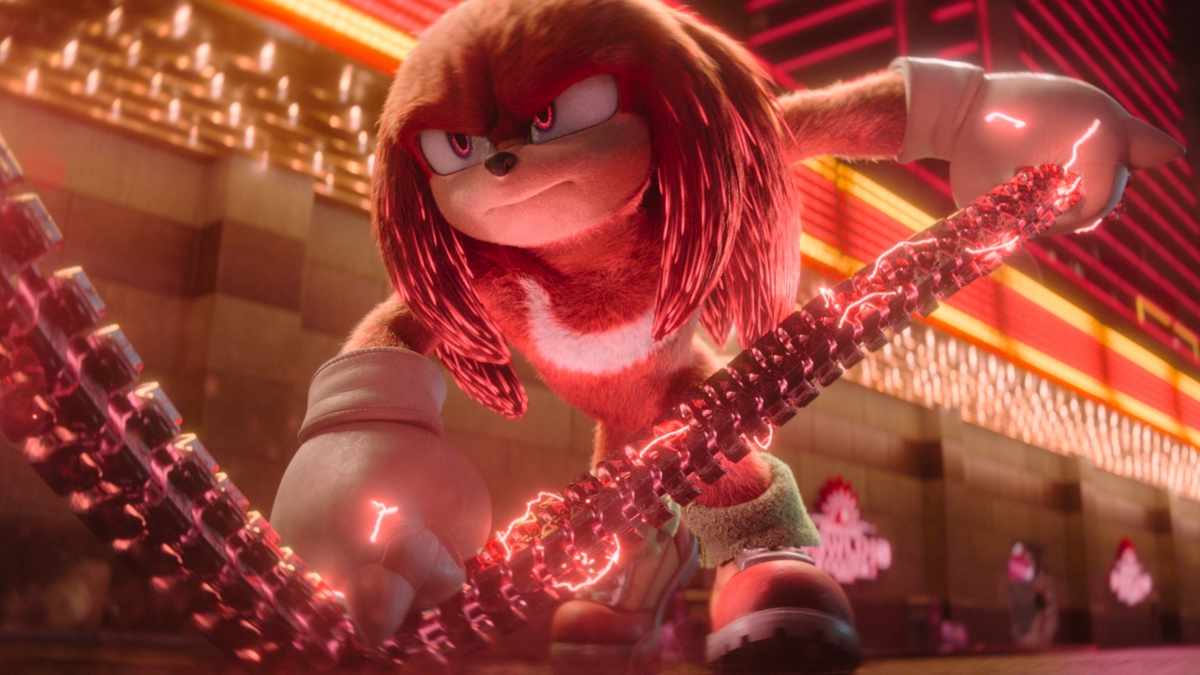
I’ve been a fan of JRPGs since childhood. Like so many fans of the genre, I had my first delightful experiences with the Final Fantasy series as a preteen and, since then, haven’t ever really been able to (or wanted to!) shed my self-applied label of “anime trash.” But since their peak in the ’90s and early 2000s, I’ve had to watch my beloved JRPGs plummet from relevance and take one critical drubbing after another. I spent a lot of time asking myself questions as I grew out of adolescence and into adulthood: Has our national taste in games changed? Do I just have bad taste? Are the games really that bad?
Well, I might not have the definitive answer to these questions (although I’m sure plenty of people would be happy to tell me that I have bad taste), but I will say one thing — the JRPG has absolutely stagnated, and I’m done making excuses for a genre that seems hell-bent on refusing to evolve. The game that got me thinking about this is, of course, Star Ocean: Integrity and Faithlessness, which I’m sad to report is a cheerless exercise in terrible game design.
I previewed this new Star Ocean at PAX East, and what I saw had me optimistic for the game’s future. The story pulls the interesting (and almost always fun) trick of pretending to be a simple fantasy, then pulling back to reveal itself as a much larger-scale science fiction/fantasy blend. The problem is that, unlike other stories of this ilk, Integrity and Faithlessness doesn’t have the scale or impact to match its ambitions. This time, the main players in question are Fidel, Miki, Victor and Fiore, four trope-a-riffic heroes from the town of Sthal. As they attempt to fend off invaders from the neighboring kingdom of Trei’kur, they come across an alien ship and rescue a little girl named Relia from the clutches of the villains inside. This catches the interest of two space-traveling heroes, Emmerson and Anne, who attempt to help the protagonists find Relia’s parents before eventually revealing some hidden information.
A key problem with the narrative is that it never really goes anywhere. I kept waiting for a real twist, but it’s pretty much played straight: a bad man wants the girl for his own nefarious purposes, so it’s up to you to rescue her. Boy, is that a tired one. But on top of that, the story’s few moments of apparent emotional impact and character development — including the supposed “big reveal” where things open up — left me stone-faced and cold. At least part of that is due to its abysmal presentation, which is bewildering considering the previous titles’ emphasis on cutscenes.
In this case, rather than cutting away to story segments, the developers apparently wanted to go with a “seamless” approach. This largely involves walking into a new area, finding yourself surrounded by a circular red barrier, and being forced to stop while your party members carry out some exposition or banter. It looks terrible, forcing you to view some of the biggest moments from a distance and making it prohibitively cumbersome to get a read on characters’ faces while they’re talking. The player shouldn’t have to be the cameraman during these sections — just let us see what the characters are doing!

The narrative may be a wash, but it’s primo stuff compared to the wasted opportunity that is the gameplay. What’s a real shame here is that Integrity and Faithlessness actually has a number of decent ideas for its combat system, then undercuts them with unbelievably bad design choices.
To start, let me just say that I really appreciated and enjoyed the Roles system — it’s basically a set of general behaviors you unlock, like a less-specific version of Final Fantasy XII’s gambits, that can change the way your AI allies behave or lend handy benefits to certain attributes. Each character has four slots, and using them well can help you build sound strategies for trickier battles. And to be fair, I really did enjoy the combat system when it worked; having up to seven party members fighting at once is just plain exhilarating, as is the audiovisual assault that accompanies it.
Why, then, does the game seem determined at every other turn to cause its players as much misery as humanly possible? So much of its design reads like a parade of my most hated JRPG pet peeves. Let me take a deep breath and list just a handful of the things that make this game insufferable: long, unskippable and occasionally un-pauseable cutscenes; manual save points that are few and far between; no world map that shows you how each region is connected; fast travel that isn’t unlocked until way too late in the game; moments the game actively prevents you from saving when it could spare you from having to repeat an annoying cutscene/battle combo; dunderheaded AI that seems incapable of protecting itself even when you’ve painstakingly selected roles; “protect this party member” missions where the enemy likes to stand directly on top of the target and pound them with high-damage attacks; and last, but certainly not least, multiple out-of-the-blue difficulty spikes that send you to the Game Over screen, then have you restart at one of those atrocious cutscene/battle combos I mentioned before.
What did I ever do to you, Tri-Ace?
I could go on, but I won’t. I think those points speak for themselves. I know a lot of people like to debunk “come on, it’s 2016” as the Current Year Fallacy, but look: when I say come on, it’s 2016 here, I’m not saying it’s the year itself that should be the reason for gameplay improvement. It’s the fact that Tri-Ace have years of experience and criticism — both from/of their own products and those of other developers — from which to learn what works and what doesn’t.
Star Ocean: Integrity and Faithlessness is so wrongheaded so often that it feels like a backward step from entries that came out seven and thirteen years ago, respectively. Come on, it’s 2016! Haven’t we learned that these design choices are among the most hated in the medium? Come on, it’s 2016! Haven’t you seen what players enjoyed about games you’ve made in previous years? Why not slip a few of those tasty morsels in? Come on, it’s 2016! How hard is it to implement autosave, for Pete’s sake?

Oh yeah, and speaking of “it’s 2016,” we need to talk about one last thing — Star Ocean’s presentation, which continues in the recent JRPG tradition of looking like a PS2-era game with HD models and textures. This is a game that’s supposed to take us to the far reaches of the galaxy, but too often it felt like I was walking around a cheesy movie set. Textures that are meant to depict natural elements like sand and stone are given an unnaturally slick sheen when you look at them from certain angles.
Other elements, like rocks scattered about the maps, feature an embarrassingly low poly count — giving them sharp, conical edges that stick out like a sore thumb. And then there’s the matter of the character models themselves, who are animated with all the subtlety of Tommy Wiseau’s performance in The Room, wildly gesturing and bobbing their heads about like some sort of demented puppet show. Perhaps their overacting is meant to compensate for the fact that the camera’s about three feet too far away to see them emote like normal people, but I don’t think that’s a real excuse.
Speaking of excuses, real talk for a moment. Fellow JRPG fans, I ask of you one simple favor: please stop trying to defend these clunky games, which are so much less than the best we could get, and start asking why our beloved genre seems incapable of anything other than stagnation. (Forgiving, of course, the few worthwhile exceptions that are actually trying to move the category forward — no offense, Persona.)
Playing Star Ocean: Integrity and Faithlessness actively disgusted me, because the time has long, long, long since passed for such flagrant displays of bad design. Why, for the love of all that is good and holy, am I playing a new game that actively prevents me from saving when I need to? Why can’t I skip these boring cutscenes, especially the ones I’ve already seen because the game didn’t let me save? Why does the game attempt to break my immersion at every turn, whether in the lack of collision detection with other characters or the invisible barriers that spring up ad nauseam? No, I’m not looking for a way to defend or explain away these flaws anymore — these sort of things don’t happen by accident. Terrible choices went into every aspect of this new Star Ocean’s design, and it suffers as a result. It’s one of the worst games I’ve played all year, and given the pedigree of some of the people involved, that’s simply inexcusable.
This review is based on the PlayStation 4 exclusive, which we were provided with.






